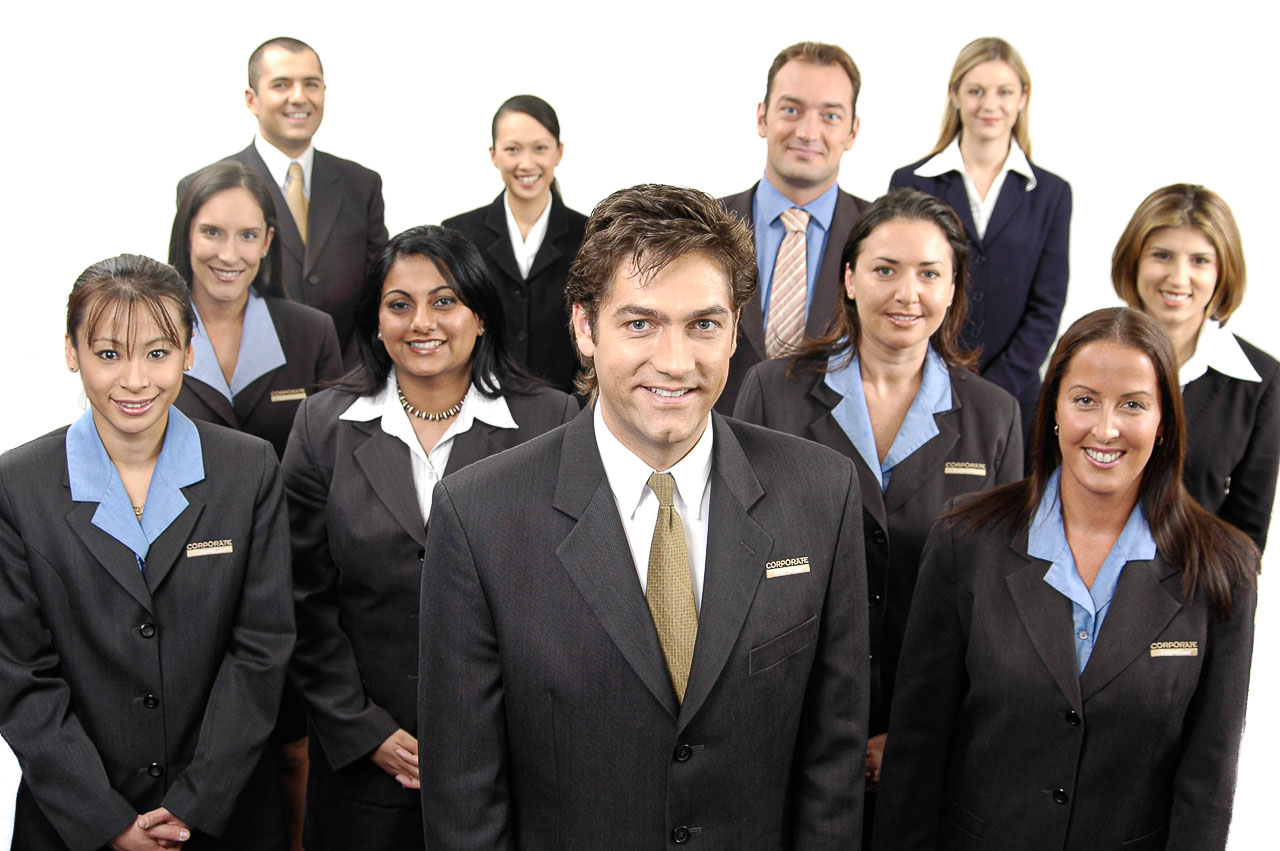Recently I was invited to speak with students at a photography college on the business of the profession. Here is some of what we discussed.
Now vs “Then”
How I started out and the way new photographers do today is very different – but only on the surface. Whilst I may have used mailers, the telephone and door knocked more, many photographers now use email and social media to reach prospective clients.
In the end a face-to-face meeting is always better. It creates a more personal connection that’s simply not possible any other way.

After decades in business referrals are another important way of attracting clients. You can ask existing clients to recommend you. If you do a good job organic referrals will come your way. I’ve found people by nature like to help one another; by referring work to you and helping their contacts find a professional photographer.
Good Old Days
Years ago while having dinner with other well established photographers we reminisced about the “good old days”. Adelaide photographer Milt Wordley noted that for the emerging photographers at the table this is their good old days – now!
Long Standing Business Model
When I assisted photographers there was a well established path to becoming a professional spanning back many decades. Digital disrupted the traditional master/apprentice model with many photographers either starting out without a mentor or a definitive career pathway. If you’re not assisting or studying then professional photography associations, like the Australian Institute of Professional Photography offer a mentoring program.
Always Competitive
Professional photography is very competitive. However it always has been. Indeed all creative professions are. In high school I was heading towards a career in graphic design and all the advice was there’s an over supply of designers. It was no different for photography and I suspect it always will be.
Part-time
Nowadays it’s quite common for professional photography to be part of a mix of income streams for many in the industry. It’s supplemented with teaching, workshops, design or a corporate day job. There are also a lot career changers entering professional photography with some choosing to keep their current job on a part-time basis.
I realise as a full time professional photographer I’m in a very privileged position and don’t take it or my clients for granted.
Perceived Lower Cost of Entry
When starting professional photography I invested over $100 000. Some believe the cost to entry is lower today but I’ve found that not to be the case. At least not in the long term. To set up a similar quality, professional business the initial investment is marginally lower. Unlike film equipment and training that could last a decade or more, new technology requires replacement and updating every few years. Photographers have to be business savvy when looking at shiny new toys ensuring it’s ROI is viable. I’ve seen many a photographer over capitalise only to be out of business soon afterwards.
Less Skills to Start
There is a shallower learning curve for digital photography compared to film photography. Digital cameras are a great learning tool. It also means beginners plateau faster than before. It’s important not to rush too fast into professional photography and make sure you have the breadth of photography and business skills needed to prosper long term. Again, I’ve found being a member of and being involved in professional photography associations a huge benefit.
The More It Changes…
The more it’s the same thing. On a micro level the craft and business of photography continues to change. On a macro level professional photography is still about relationships and finding creative solutions for clients.
